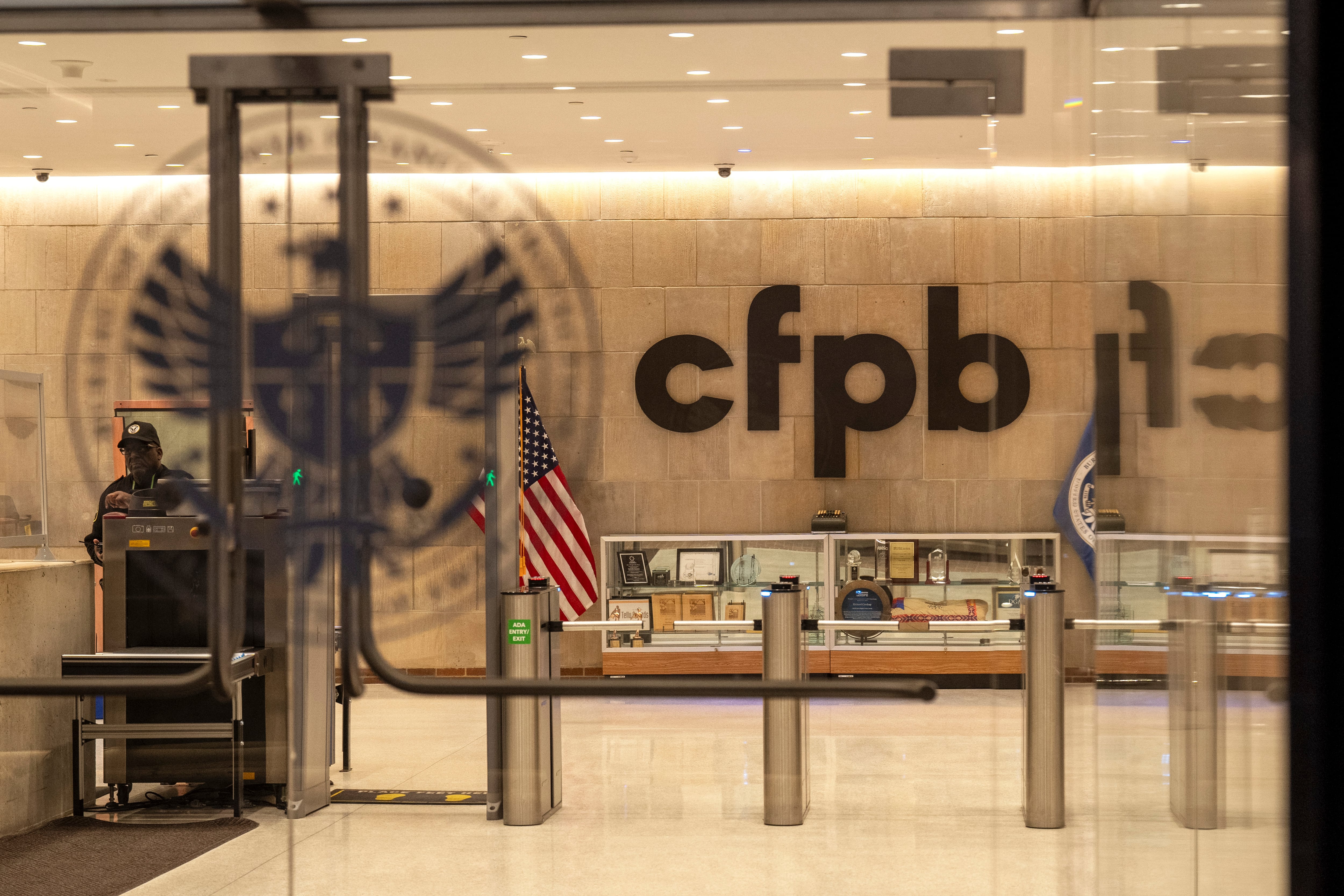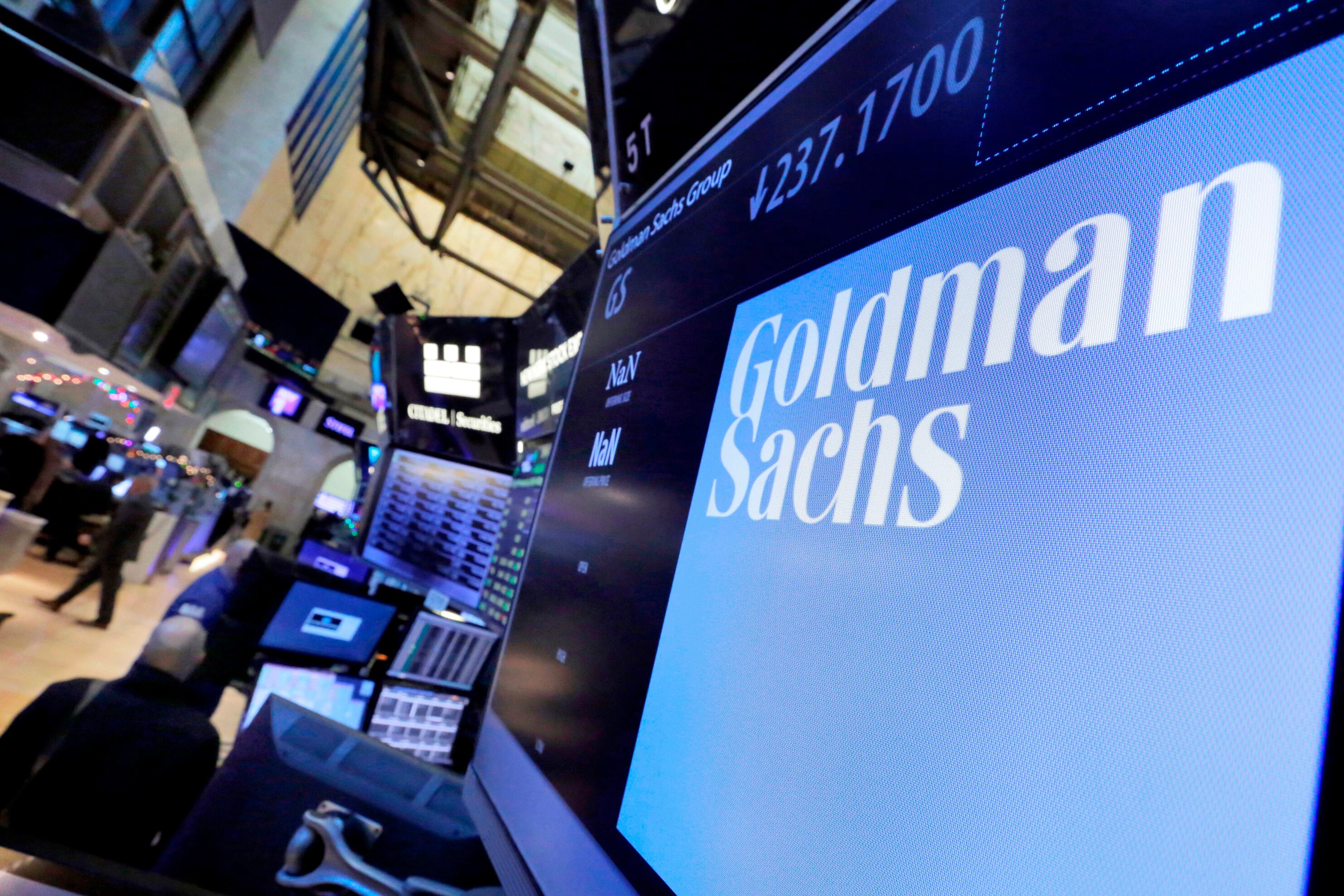A settlement being discussed in an antitrust lawsuit against the NCAA and major college conferences could cost billions and pave the way for a compensation model for college athletes.
An agreement has not been finalized and many questions remain unanswered. It is also unclear if new rules could withstand further legal scrutiny, but it appears college sports is heading down a revolutionary path with at least some schools directly paying athletes to participate. Here’s what is known and what still needs to be figured out:
THE CASE
House vs. NCAA is a class-action federal lawsuit seeking damages for athletes who were denied the opportunity, going back to 2016, to earn money from use of their name, image or likeness — often referred to by the acronym NIL. The plaintiffs, including former Arizona State swimmer Grant House, are also asking the court to rule that NIL compensation should include billions of dollars in media rights fees that go to the NCAA and the wealthiest conferences (Big Ten, Big 12, Atlantic Coast and Southeastern), mostly for football and basketball.
HOW MUCH?
The settlement being discussed could have the NCAA paying nearly $3 billion in damages over 10 years, with help from insurance and withholding of distributions that would have gone to the four big conferences. Last year, NCAA revenue approached $1.3 billion and the association projects a steady rise in coming years, thanks mostly to increases baked into the television contract with CBS and Warner Bros. Discovery for the men’s basketball tournament. A new, eight-year deal with ESPN worth $920 million for the Division I women’s basketball tournament and other championship events takes effect in 2025.
The potential settlement also calls for a $300 million commitment from each school in those four conferences over 10 years, including about $20 million per year directed toward paying athletes. Administrators have warned that could lead to program cuts for the so-called non-revenue sports familiar to fans who watch the Olympics.
“It’s the Olympic sports that would be in jeopardy,” Alabama athletic director Greg Byrne said during a March panel in Washington led by Sen. Ted Cruz (R-Texas). “That’s men and women. If you look at the numbers for us at the University of Alabama, with our 19 sports outside of football and men’s basketball, we lost collectively almost $40 million.”
WHO GETS PAID?
Not entirely clear. Presumably, it would start with the athletes in sports that produce most of the revenue: football and men’s basketball players at the biggest and wealthiest programs. Women’s basketball is likely next in line, but it is possible athletes in all sports could see some benefit — but probably not at all schools.
What’s being considered is allowing schools to pay athletes, but not requiring those payments. Schools that don’t rake in millions in TV revenue wouldn’t necessarily be on the hook. There are also unanswered questions about whether the federal gender equity law Title IX would require equal funding for male and female athletes.
WHO MAKES THE CALL?
Getting the presidential boards of four conferences and the NCAA board of governors to approve a settlement is not a given, not to mention the plaintiffs in the House case. Still, the possibility of having to pay $4 billion in damages — and the NCAA has been on the losing end of many recent court cases — has spurred interest in a deal before trial begins in January.
The case is being heard in the Northern District of California by U.S. Judge Claudia Wilken, who has already ruled against the NCAA other landmark antitrust lawsuits and ordered the sides in House to seek a settlement.
EMPLOYMENT AND COLLECTIVE BARGAINING
Settling existing cases is only one step. A new system for compensating college athletes would be needed to avoid similar challenges in the future; for example, anything that looks like a cap on compensation by, say, the four major conferences would be ripe for another lawsuit.
The NCAA has been asking Congress for some kind of antitrust exemption for years, but the emphasis has shifted lately from regulating NIL compensation to keeping the athletes from being deemed employees.
A ruling from an NLRB regional director paved the way for members of the Dartmouth men’s basketball team to vote to join a union after being deemed employees, and many have advocated for collective bargaining as a solution to college sports’ antitrust exposure.
Jason Stahl, executive director of the College Football Players Association advocacy group, says lawmakers should create a special status for college athletes that would give them the right to organize and collectively bargain without actual employee status.
Stahl said even though many college athletes are apprehensive about being employees and joining a union, they should have the right to decide that.
“My concern is there would be some type of one-two punch,” Stahl said of a lawsuit settlement followed quickly by federal legislation to codify a revenue-sharing plan that precludes athletes from employee status and the right to organize. “A lot of things I’m hearing about this cap are not things I want to be hearing.”
WHAT’S NEXT
There are so many moving parts that it is hard to say with certainty, though settling House seems to a priority for late spring or summer. The earliest for any true changes noticed on campus would be fall of 2025.









